
The Yamato, an icon of naval power and Japanese pride, was once the largest battleship ever constructed, embodying the pinnacle of naval engineering during World War II. With its commissioning in 1941, it marked the height of battleship design and armament before the strategic tide turned to favor aircraft carriers, signaling the end of the battleship era.

This massive warship, weighing nearly 72,000 tons and measuring 863 feet in length, boasted the largest naval cannons ever mounted on a ship.
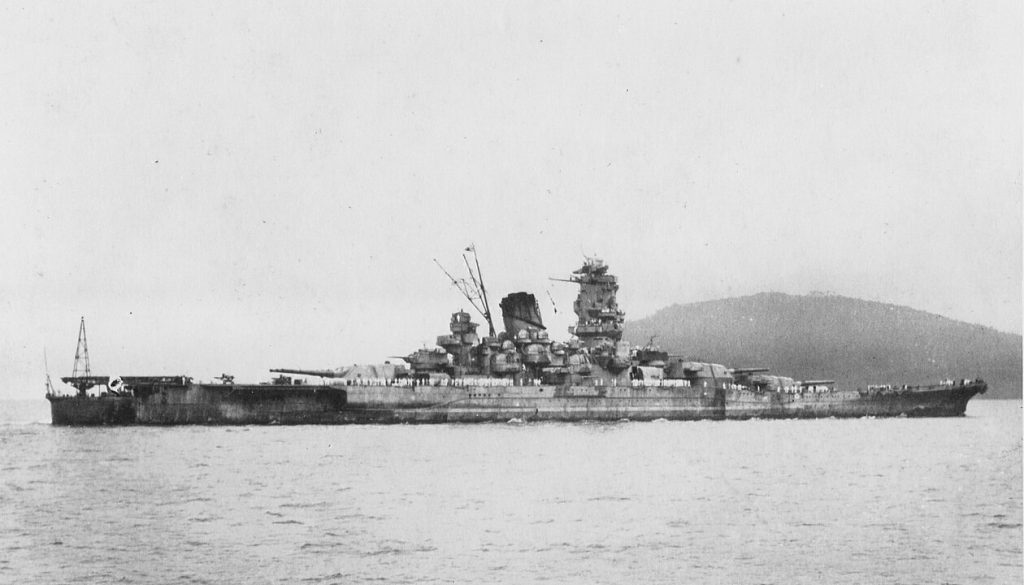
Its nine 18.1-inch guns could fire enormous shells over 26 miles, each weighing as much as a small car. The Yamato’s final adjustments in 1945 armed it with a staggering 205 guns, including secondary and anti-aircraft armaments, making it a floating fortress meant to dominate naval engagements.

However, the true measure of a warship is not found in its size or firepower alone but in its performance in battle. The Yamato’s service history was short and ultimately tragic.

Despite its impressive capabilities, the Yamato saw direct combat with Allied warships only once during the Battle off Samar, part of the larger Battle of Leyte Gulf.

On October 25, 1944, in what became known as one of naval history’s most remarkable David vs. Goliath encounters, the Yamato was part of a vastly superior Japanese fleet that faced off against the small ships of Task Force 74.4.3, also known as “Taffy 3.” The American ships, including the destroyer-escort Samuel B. Roberts, displayed extraordinary bravery as they charged the Yamato and her battlegroup to protect the nearby invasion fleet.
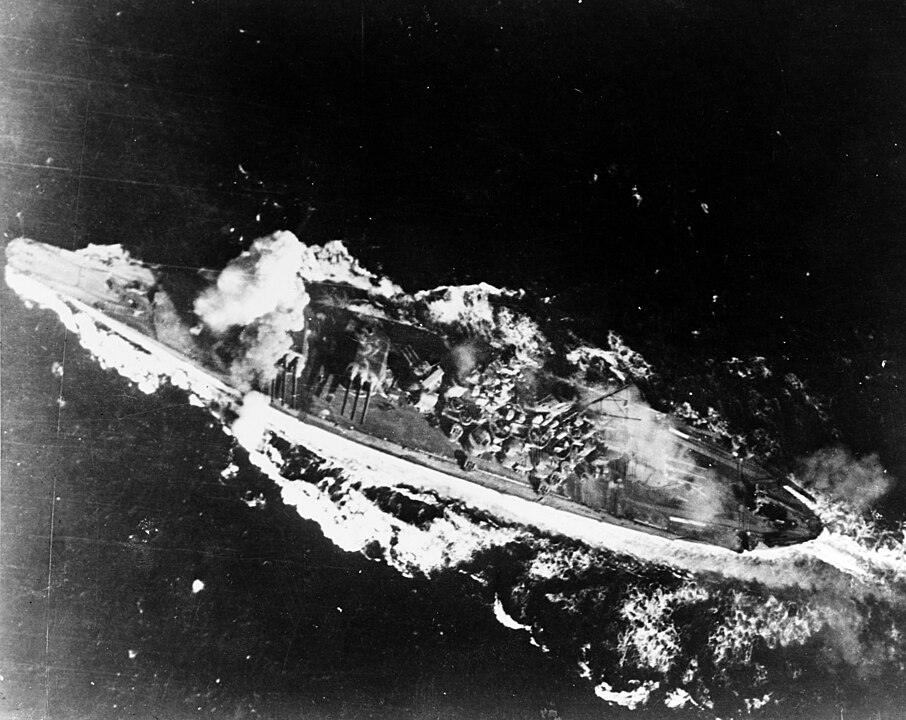
Lt. Cmdr. Robert W. Copeland famously addressed his crew on the Samuel B. Roberts, stating, “This will be a fight against overwhelming odds from which survival cannot be expected. We will do what damage we can.”

In the ensuing battle, despite being massively outgunned and outmatched, the American ships valiantly engaged the Yamato, damaging and delaying the Japanese fleet, contributing to its eventual withdrawal.
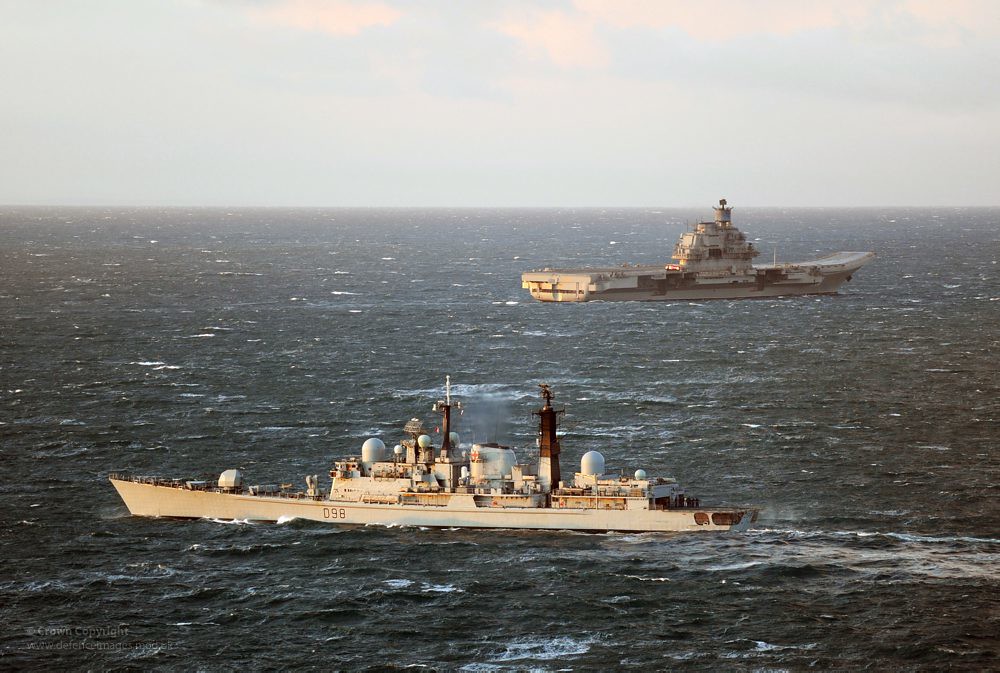
In a darkly poetic end fitting for such a formidable warship, the Yamato’s final mission in 1945 was a suicide attack against U.S. forces in Okinawa during Operation Ten-Go. American aircraft spotted the Yamato and its battlegroup on April 7, 1945. It took hundreds of aircraft, three waves of determined attacks, and 17 direct hits to sink this last titan of the battleship era, ending its service in a dramatic conclusion that mirrored the battleship’s own obsolescence.

The Yamato, for all its glory and might, was built for an age that was nearly past. Its construction and service were shrouded in secrecy and pride, symbolized by its golden chrysanthemum crest, representing the essence of Japan itself. The warship’s heavy armor, massive propulsion system, and advanced weaponry could not contend with the changing face of naval warfare, which had shifted towards air power and carrier dominance.
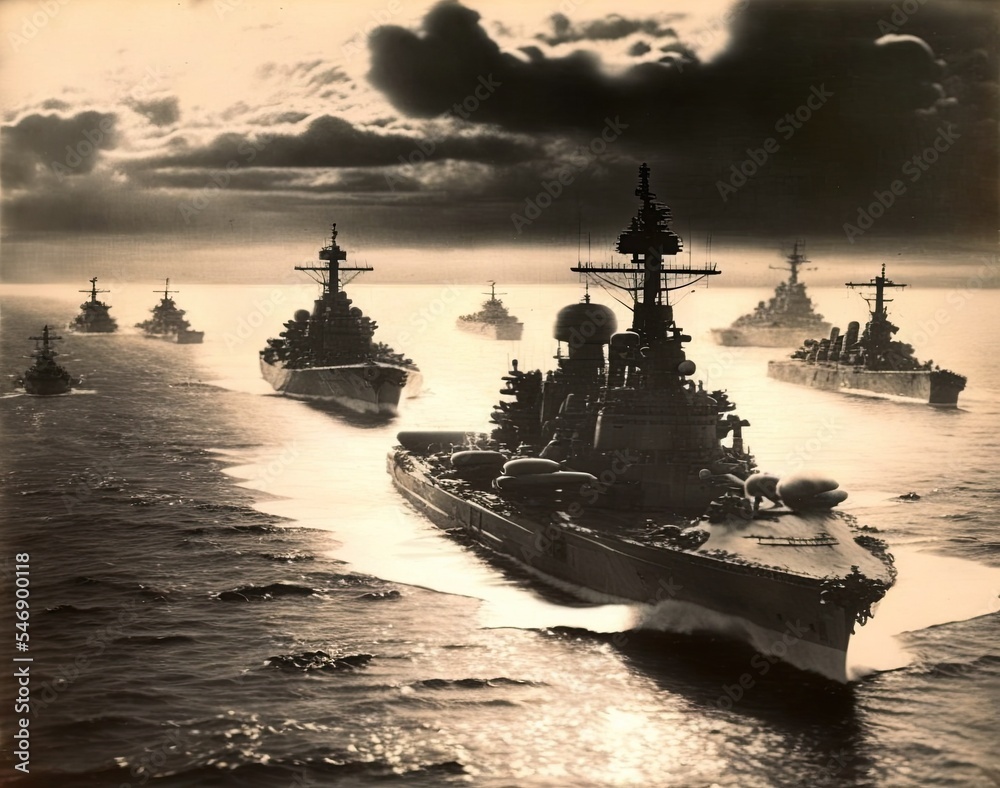
Despite its brief and largely ineffectual combat history, the Yamato has become a symbol of pride and enduring fascination. In Japanese popular culture, it has been memorialized and even reimagined as a starship defending Earth from alien threats in science fiction series.
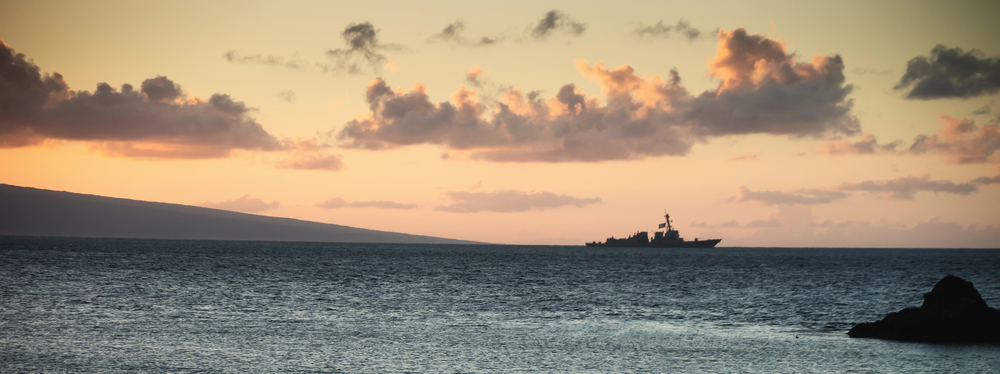
Its story, though less than glamorous in reality, continues to captivate the imagination and remind us of the fleeting nature of military supremacy in the face of technological advancement and strategic innovation.
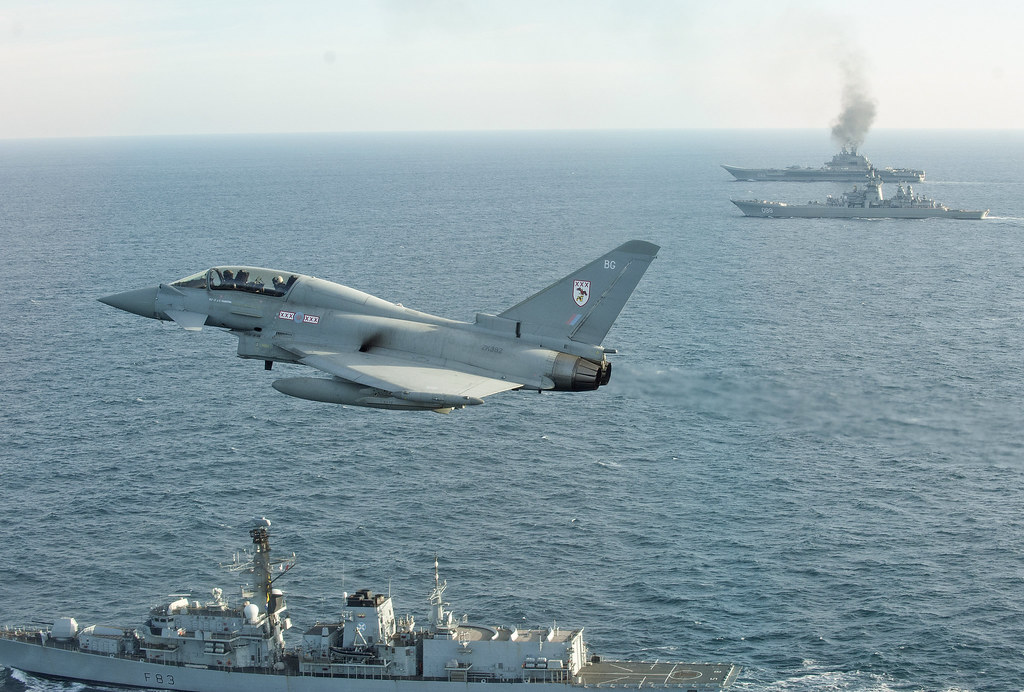
The Yamato’s saga, from its grandeur and impressive technological feats to its ultimate demise, is a poignant chapter in military history that continues to resonate with those fascinated by the power and pathos of naval warfare.
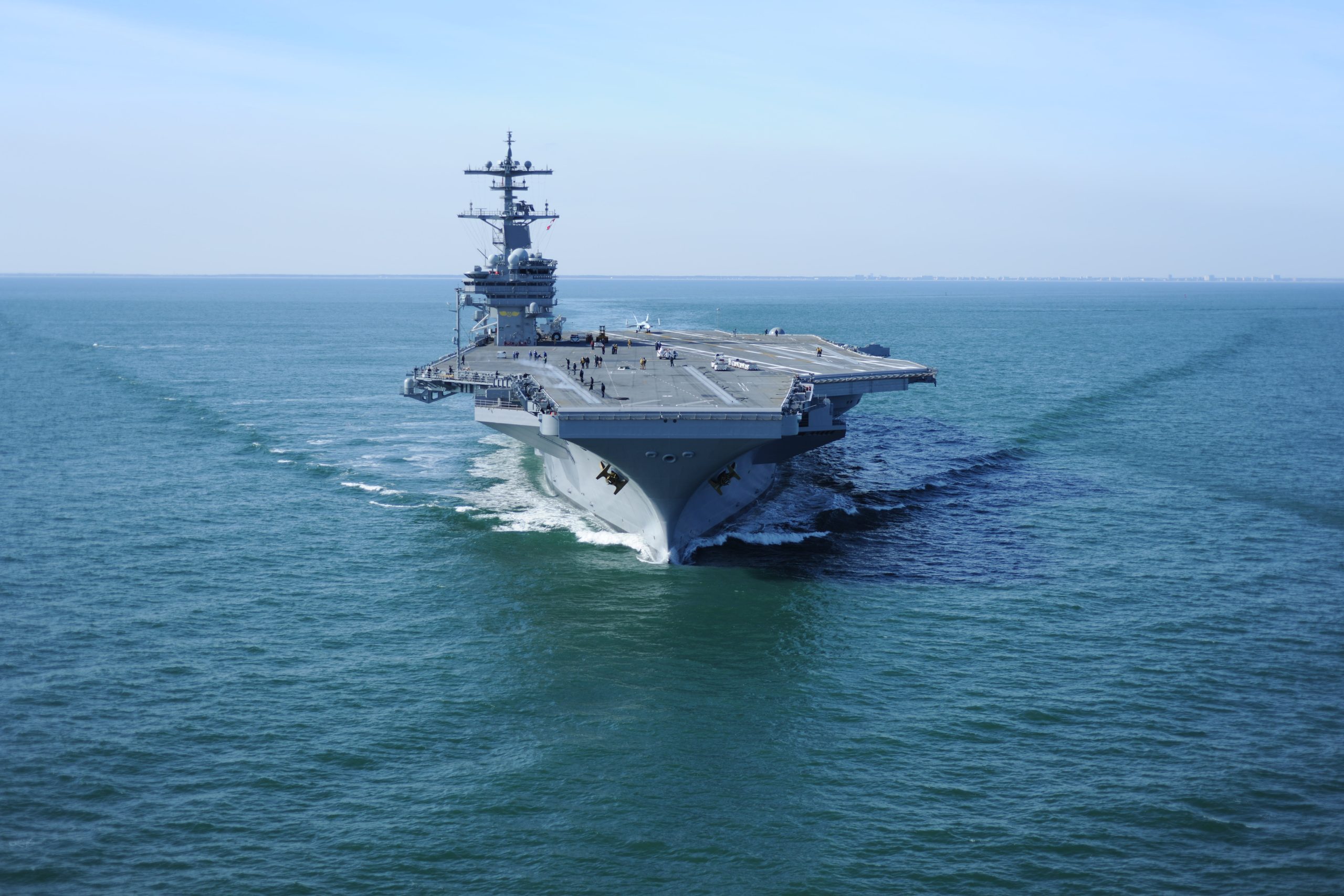

Relevant articles:
– Yamato: Biggest Battleship Ever Was 72,000 Tons of Raw Naval Power, The National Interest
– Sinking the Supership, PBS
– How a Tiny U.S. Navy Task Force Fought Japan’s Yamato Battleship (Biggest Ever), The National Interest
– Yamato: How Japan Built the Largest Battleship Ever (72,000 Tons), 19FortyFive

